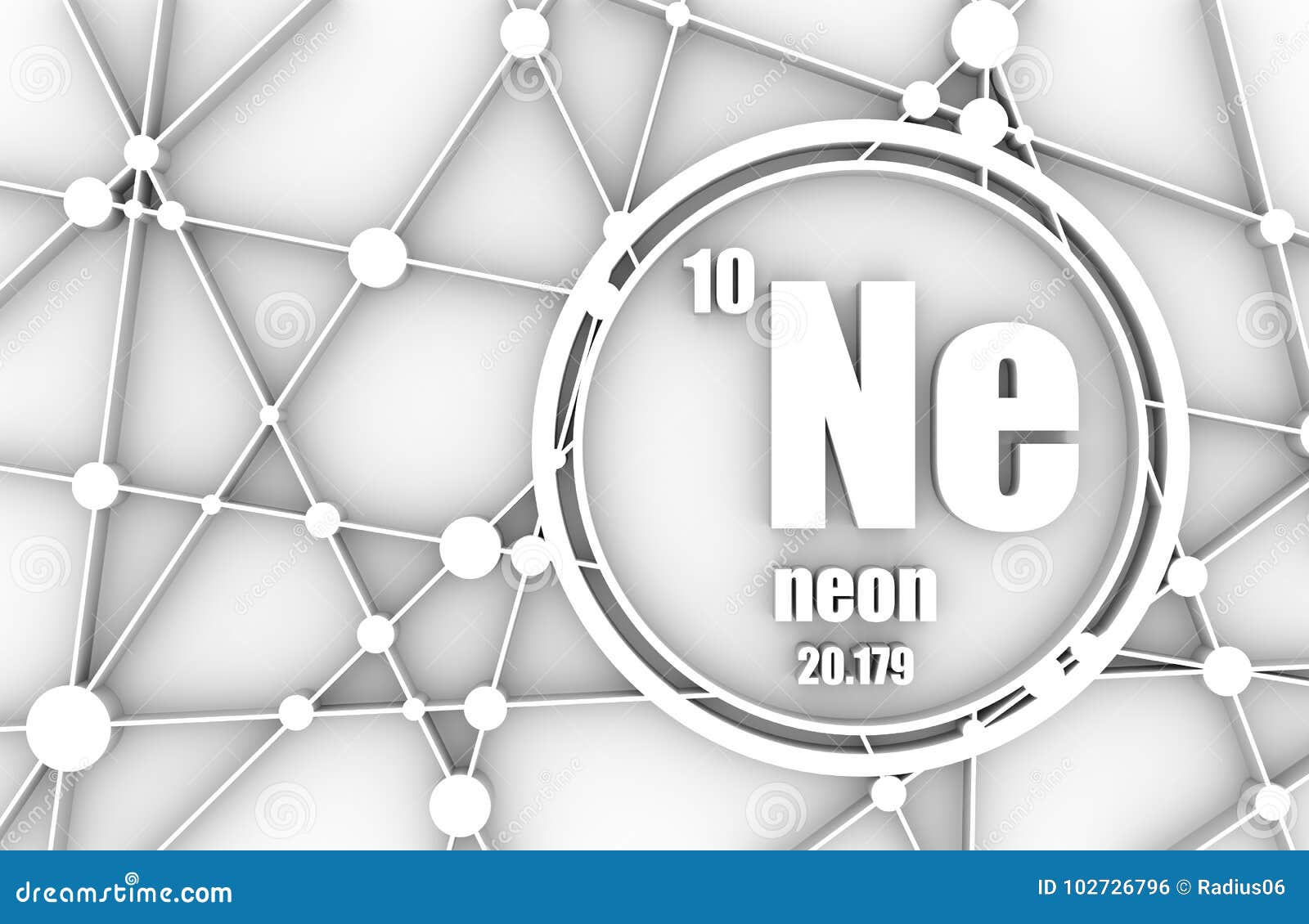
However, we have in the following compiled some fun facts about true neon gas that is used in traditional neon signs. p. 303. ISBN 978-6-6.We are all about Neon Signs here at Neon Mamma, the new-age LED version that is. The Elements, in Handbook of Chemistry and Physics 81st edition (PDF). (2016). “Atomic weights of the elements 2013 (IUPAC Technical Report)”. Proceedings of the Royal Society of London. Neon-20 abundance is found in diamonds indicating a solar-neon reservoir in Earth. Neon-20 is not known to be radiogenic or nucleogenic. Magnesium-24 and magnesium-25 undergoes nuclear reactions (capturing of neutron and immediate emission of alpha particle) and forms neon-21 and neon-22. Neon has three stable isotopes namely, neon-20, neon-21 and neon-22 of which the former two isotopes are partly nucleogenic and partly primordial. Helium in liquid form can cause frostbite if it comes in contact with skin. Neon is an inert gas and hence is classified as simple asphyxiant a substance which can cause unconsciousness or death by suffocation but has no other health effects, hence upon excessive inhalation can cause vomiting, nausea, dizziness or suffocation leading to unconsciousness or death. Liquefied neon is used as a cryogenic refrigerant on commercial scale.Neon is used in high voltage indicators, vacuum tubes, lightning arresters, television tubes, wave-meter tubes and helium-neon lasers.It is used in sign boards because of its bright reddish orange light.Neon is highly volatile and forms no compounds to fix it to solids. Its triple point, the point at which the three phases of a substance coexist in thermodynamic equilibrium, is 24.5561 K (248.5 degree Celsius). It is identified as most electronegative element based on Allen electronegativity scale. The bulk modulus of neon is 654 GPa while melting point is -248.6 degree Celsius and it has boiling point of -246 degree centigrade. Neon is a colourless, odourless monoatomic gas. It is the second lightest noble gas and glows reddish-orange in vacuum discharge tube. It is the first element forming a true octet of electrons and hence is inert just like its lighter analogue, helium. Neon is a noble gas belonging to first p-block of periodic table. Neon is relatively expensive as it is rare and can only be obtained from air. Industrially it is produced by cryogenic fractional distillation of liquefied air. All these properties diminishes its probability of being trapped in condensing dust and gas clouds which forms the warmer yet smaller solid planets like Earth. Neon is the fifth most abundant element in the universe with respect to mass although it is relatively less on earth due to its high vapour pressure at low temperature, its lightness and its chemical inertness. In our Earth’s atmosphere neon comprises of 1 part in 55,000 (18.2 ppm) by volume or 1 part in 79,000 of air by mass. Neon is produced by the fusion of helium and oxygen in the alpha process. Such high temperatures are available at the cores of stars of more than three solar masses. Neon is produced in stars as its production requires temperatures above 100 megakelvins. Neon Periodic Table ClassificationĬolorless gas exhibiting an orange-red glow when placed in an electric field J.J Thomson used neon gas for experimentation and concluded some of the atoms in neon gas have higher mass than the rest. Neon gas played an important role in the discovery of isotopes of stable atoms. After 1902, industrial quantities were produced by air-liquefaction businesses which were used in advertising signs. It was named neon because of its Greek analogue meaning new. Neon stood out because of its brilliant red light under spectroscopic discharge. Ramsay discovered it by chilling an air sample until it became a liquid then capturing the gases released from the liquid as it was warmed. Neon was discovered in 1898, in London, by British chemists Morris W. It has a brilliant red light and is widely used in advertising signs.

Travers and Sir William Ramsay in London. Neon is a noble gas discovered in 1898 by British chemists Morris W.


 0 kommentar(er)
0 kommentar(er)
